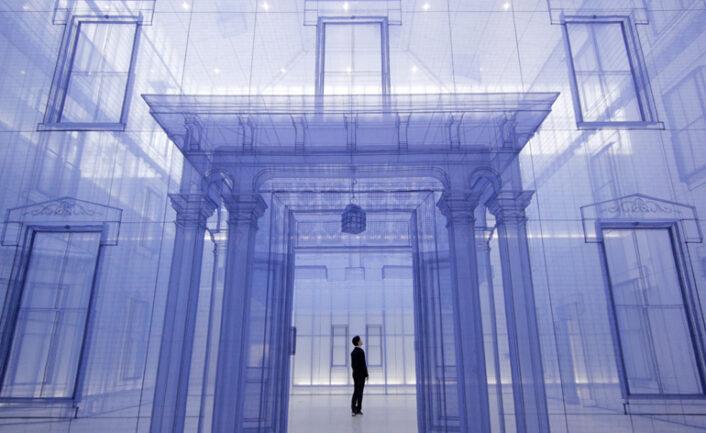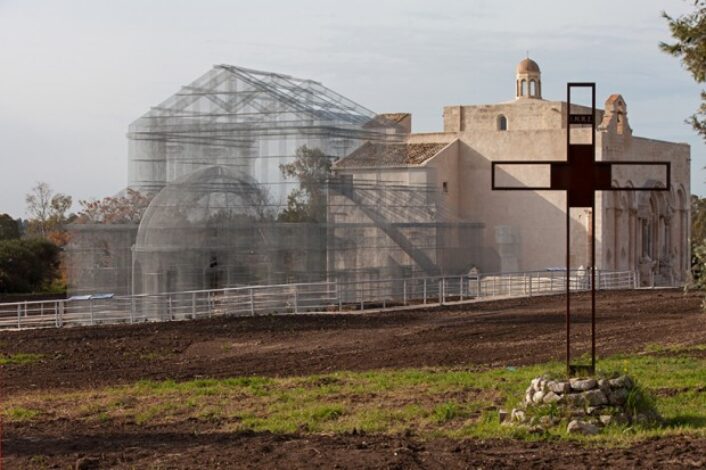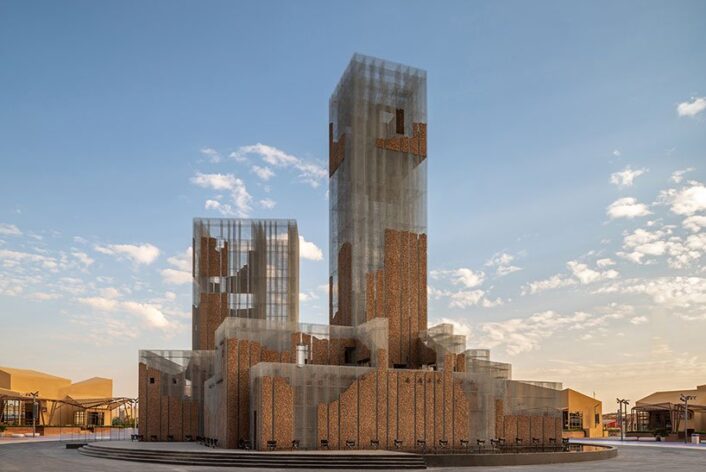Architecture
Do Ho Suh’s float
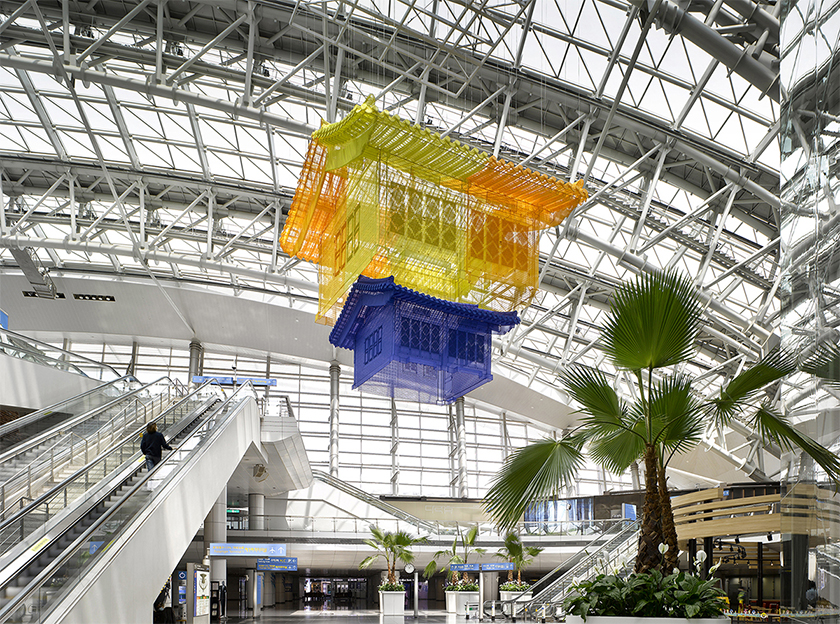
The installation at Incheon International Airport in South Korea. This exhibition was made possible due to a collaboration with Hyundai LIVART.
Image courtesy of: The Spaces, photographed by: Jean Taeg Su
Only Do Ho Suh could design delicate floating houses! The London-based, Korean artist Suh recently exhibited “Home within Home” inside an atrium at Seoul’s Incheon International Airport. The 2019 installation evokes many emotions; for the artist, he focused on “home, physical space, displacement memory, individually, and collectivity.”
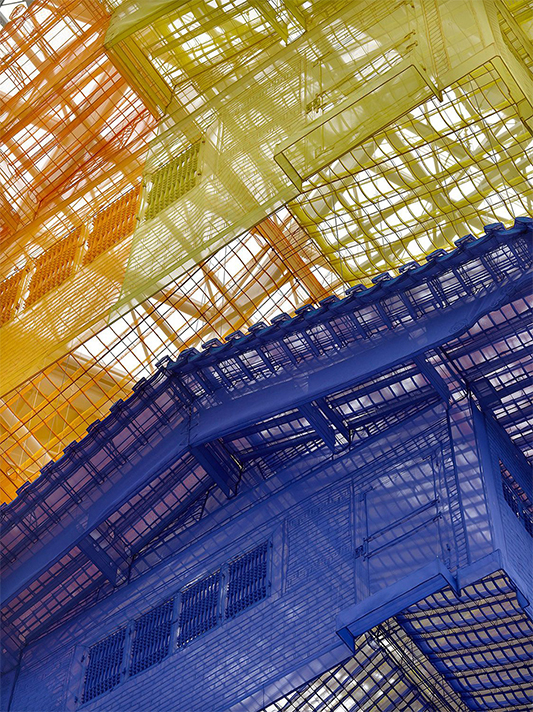
Close up and personal…
Image courtesy of: The Spaces, photographed by: Jean Taeg Su
The artist often uses his childhood experiences as a source of inspiration. Suh employs a multi-media practice to exploring the physical and metaphorical emotions associated with “home.” He spends time considering the ways people reside in their homes at different times, locations, forms, and histories.
Suh’s works have become so enormous and complex that he needs to use a 3-D scanning machine in order to ensure that the dimensions are precise. With each piece, he gains the technical experience necessary to make additional evolutionary pieces. This 2019 installation was a “continuum” to his 2013 work titled, “Home Within Home Within Home Within Home Within Home.”
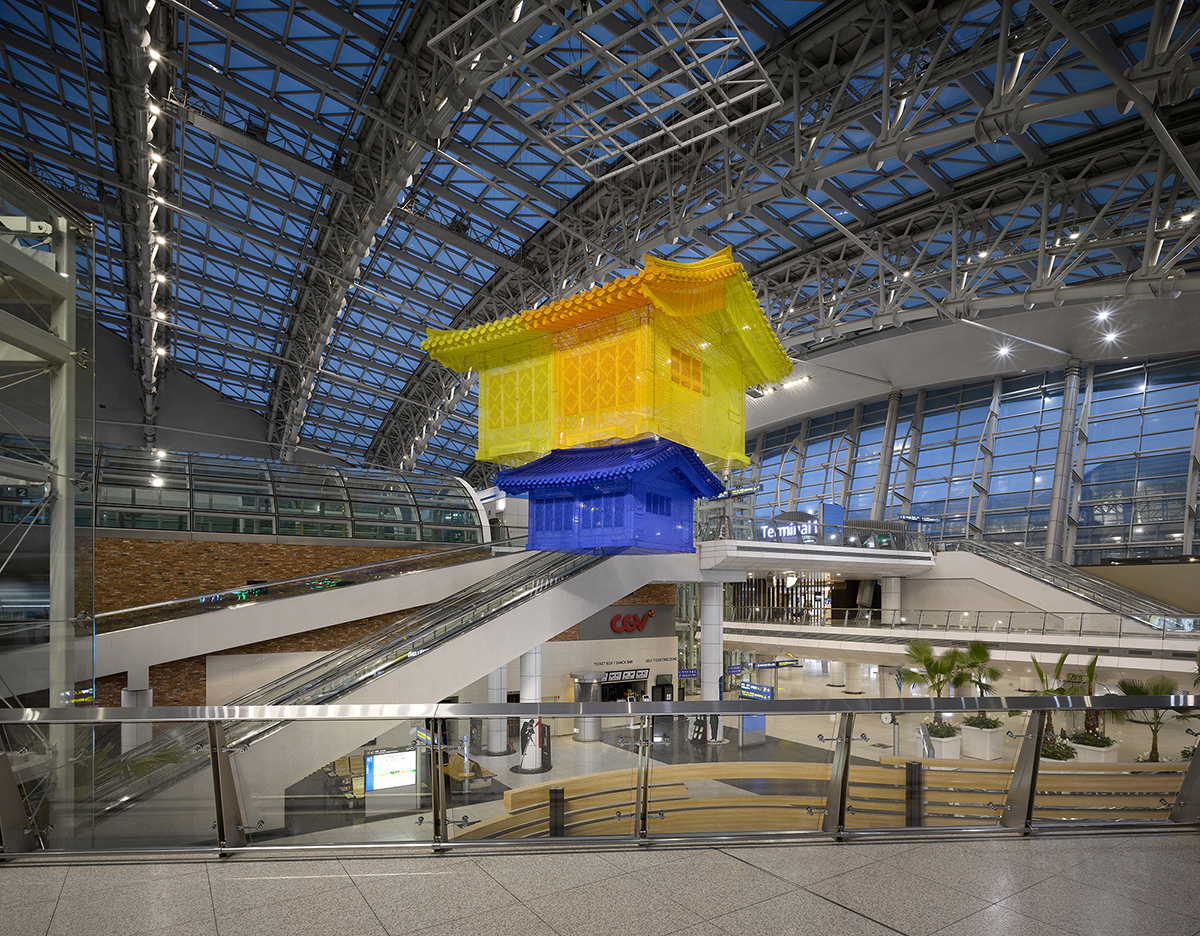
Courtesy of the artist’s practice (and from This Is Colossal), “The spaces we inhabit also contain psychological energy, and in his work, he makes visible those markers of memories, personal experiences, and a sense of security, regardless of geographic location.”
Image courtesy of: This Is Colossal
“Home within Home,” is suspended from an atrium inside the airport. The two starkly different colored structures are positioned vertically. The larger “home” is suspended on top of the smaller structure, and both are made from polyester fabric and stainless steel.
The piece’s dimensions measure 292.91″ x 325.59″ x 316.93″… both enormous and striking. It is clear that there is a plethora of memories submerged within the homes Suh designs. About his installations, he has said (courtesy of an interview with Julie L Believe for Financial Times), “The process has been so intense, both physically and emotionally. I don’t know why I had to set this thing up to torture myself, but it was very much about the process.”
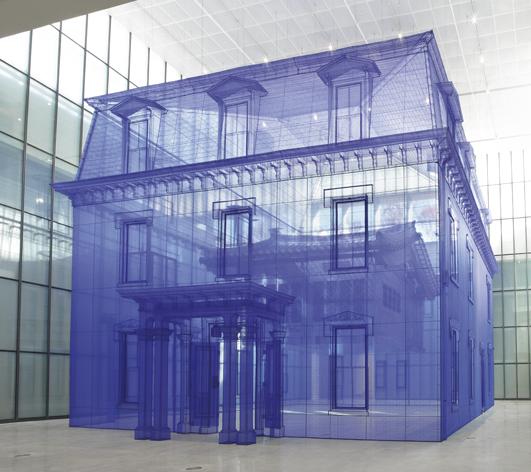
To date, “Home Within Home Within Home Within Home Within Home” was Suh’s largest project.
Image courtesy of: Wallpaper
“Home within Home” is similar to an installation that Suh designed six years prior titled, “Home Within Home Within Home Within Home Within Home.” Suh’s reflections on his move from Seoul, South Korea to New York City inspired this life-sized piece.
Th gigantic sculpture is a 1-to-1 scale replica of two homes where the artist previously lived, one placed inside the other. His Korean childhood home is created in purple fabric and engulfed and suspended within a modern building which represents the apartment building he lived in when he came to the Untied States. The Rhode Island apartment is one that the artist rented while attending The Rhode Island School of Design. Suh missed his Korean home enormously, and it was special because it was built by his father. He says that in Korea, there is an expression, “walk the house.” This means that when you dismantle your house, you take it with you to reassemble it somewhere else.
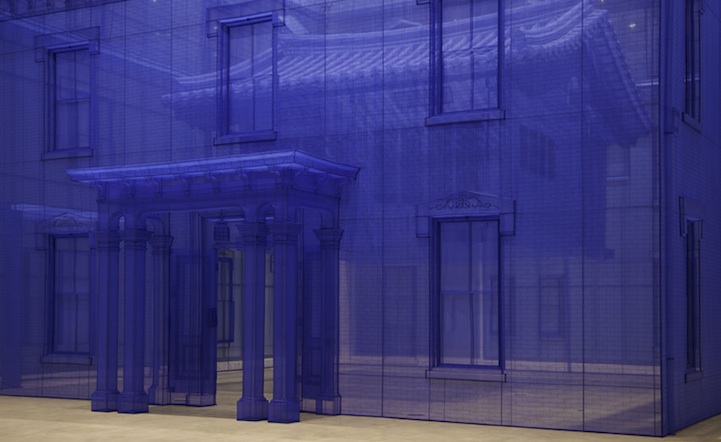
What is home?
Image courtesy of: My Modern Met
Of course Suh realized that he couldn’t “walk the house” in the United States. This made him take pause and think about how he could fit his home into a suitcase. He says that he had a vision of his home floating high above him. Anxious to translate his mirage into something tangible, he visited a craftsman and learned how to sew. Since he was known to have worked with other mediums, this new style garnered Suh a lot publicity.
Clearly what makes a home “a home” is the combination of collective memories and shared experiences. Digging deep, you realize that Suh’s work focuses on how much time we spend within in our homes and how our personal artifacts become part of our threaded identity. Suh describes it best (courtesy of an At Home and Afield’s blog article by Devi Norton), “I’m interested in digging history, or untold stories, from behind the walls. Using the space as a means to understand the path of my life and the time I’ve spent there. Most of us are just passing through these buildings, and I’m very aware of all the others who have lived there before.”
